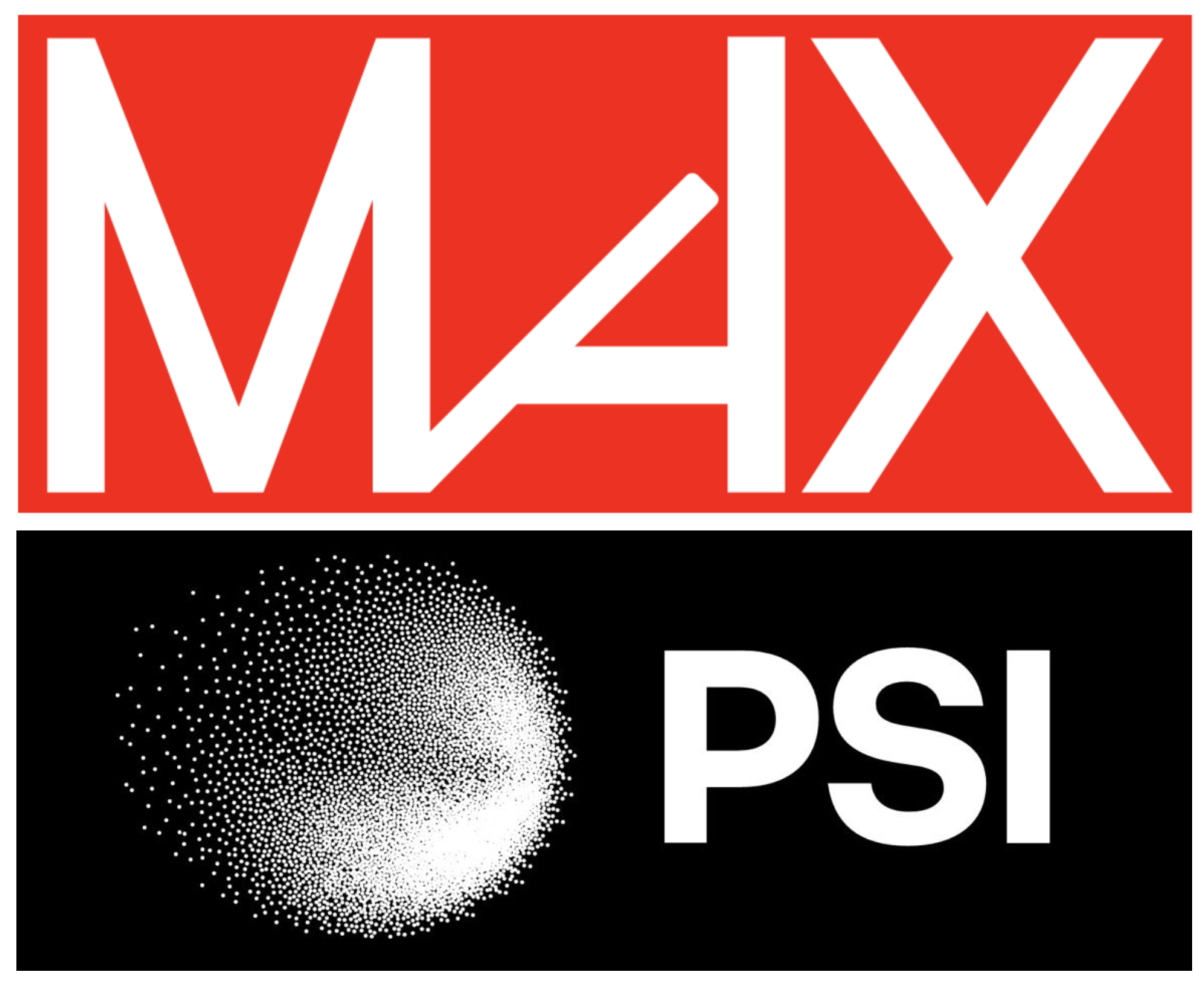AiiDA-Yambo tutorial:
automating Green’s function methods
February 27-29 2024
Online event
yambo@yambo-code.eu
Lectures videos will be available soon
[00] Overview
The automation of ab initio simulations is essential in view of performing high-throughput (HT) computational screenings oriented to the discovery of novel materials with desired physical properties.
In this school, participants will acquire a deep understanding of algorithms and implementations essential for extending automation beyond density functional theory (DFT) to encompass many-body perturbation theory (MBPT) calculations. Notably, an algorithm pursuing the goal of an efficient and robust convergence procedure for GW and BSE simulations is provided, together with its implementation in a fully automated framework. Moreover, participants will gain insights into an innovative automatic GW band interpolation scheme, leveraging maximally localized Wannier functions.
This strategic approach not only aims to significantly reduce the computational burden associated with quasiparticle band structures but also ensures the preservation of high accuracy. The school places a strong emphasis on practical skills by introducing the AiiDA platform, providing participants with invaluable tools to automate convergences in typical GW calculations and interpolation processes based on Wannier functions. By the end of the program, attendees will possess the knowledge and proficiency needed to navigate the forefront of materials discovery through advanced computational techniques.
the event is aimed At those who are already familiar with running simulations using quantum espresso and yambo.
good knowledge and experience with python are required to follow the tutorials.
The tutorial will be delivered by means of a dedicated version of the quantum mobile working only for x86 machines. for now, yambo does not support arm based architectures.
suggested readings
[1]
Bonacci, M., Qiao, J., Spallanzani, N. et al. Towards high-throughput many-body perturbation theory: efficient algorithms and automated workflows. npj Comput Mater 9, 74 (2023)
[2]
Huber, S.P., Zoupanos, S., Uhrin, M. et al. AiiDA 1.0, a scalable computational infrastructure for automated reproducible workflows and data provenance. Sci Data 7, 300 (2020)
[3]
Uhrin, M., Huber, S. P., Yu, J., Marzari, N., & Pizzi, G. Workflows in AiiDA: Engineering a high-throughput, event-based engine for robust and modular computational workflows. Computational Materials Science, 187, 110086 (2021)
[4]
Sangalli, D., Ferretti, A., Miranda, H. et al. Many-body perturbation theory calculations using the yambo code. J. Phys.: Condens. Matter 31 325902 (2019)
[5]
Marini, A., Hogan, C., Grüning, M., & Varsano, D. Yambo: an ab initio tool for excited state calculations. Computer Physics Communications, 180(8), 1392-1403 (2009)
scientific committee
Miki Bonacci (PSI Switzerland), Marnik Bercx (PSI Switzerland), Deborah Prezzi (CNR-NANO Modena), Daniele Varsano (CNR-NANO Modena), Fulvio Paleari (CNR-NANO Modena), Antimo Marrazzo (University of Trieste)
organizing committee
Daniele Varsano (CNR-NANO Modena), Nicola Spallanzani (CNR-NANO Modena), Matteo D’Alessio (University of Modena and Reggio Emilia)
sponsors

[02] Programme
[02.01] DAY 1 – Tuesday, February 27
09:00 – 09:10
D. Varsano, CNR-NANO Modena
Welcome
09:10 – 10:30
M. Bercx, PSI Switzerland
An introduction to the AiiDA Platform
slides video
10:30 – 11:00
Break
11:00 – 13:00
N. Spallanzani, CNR-NANO Modena
M. Bonacci, PSI Switzerland
AiiDA basic tutorial using Quantum ESPRESSO
video
[02.01] DAY 2 – Wednesday, February 28
09:30 – 10:00
F.Paleari, CNR-NANO Modena
Introduction to the Yambo code and main algorithms
slides video
10:00 – 10:30
M. Bonacci, PSI Switzerland
N. Spallanzani, CNR-NANO Modena
Introduction to AiiDA-Yambo
slides video
10:30 – 11:15
M. Bonacci, PSI Switzerland
N. Spallanzani, CNR-NANO Modena
Hands-on: the first AiiDA-Yambo calculation
video
11:15 – 11:45
Break
11:45 – 12:15
M. Bonacci, PSI Switzerland
N. Spallanzani, CNR-NANO Modena
Basic WorkChains: YamboRestart and YamboWorkflow
slides video
12:15 – 13:00
M. Bonacci, PSI Switzerland
N. Spallanzani, CNR-NANO Modena
Hands-on: automatic error handling and full DFT+MBPT flow
video
[02.01] DAY 3 – Thursday, February 29
09:00 – 09:30
Q&A
09:30 – 10:00
M. Bonacci, PSI Switzerland
An advanced WorkChain: YamboConvergence
slides video
10:00 – 11:00
M. Bonacci, PSI Switzerland
N. Spallanzani, CNR-NANO Modena
Hands-on: automated convergence of GW and BSE
video
11:00 – 11:30
Break
11:30 – 12:15
A. Marrazzo, University of Trieste
Wannier interpolation: theory and demo hands-on
slides video
12:15 – 13:00
A. Marrazzo, University of Trieste
M. Bonacci, PSI Switzerland
Hands-on: automated G0W0 bands via Wannier interpolation
slides video
[03] Practical info
[03.01] Instructions for quantum mobile installation:
Please note: the Quantum Mobile used for this tutorial only supports x86 architectures (no Apple chips).
Download: the final version of the Quantum Mobile is provided at this link. To access it, you have to ask for permission.
The file is between 8 and 10 GB, and can be imported in the VirtualBox environment. Here you can find an example on how to create a virtual machine with VirtualBox.
Running the VM: we suggest starting the machine with 4 or more processors and >6000 MB of base memory.
